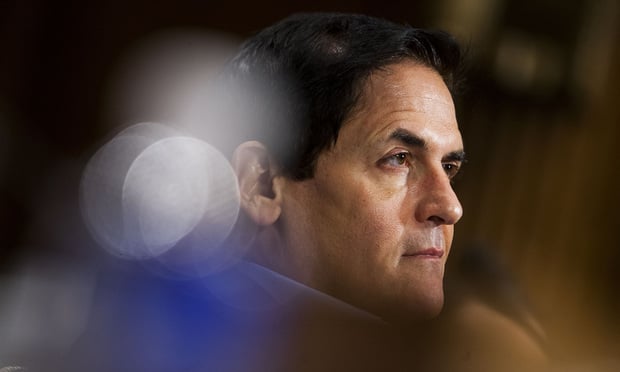 Variations as age, marital status, and insurance status can make it tough for employers to find an affordable health insurance option that suits their needs. (Image: Shutterstock)
Variations as age, marital status, and insurance status can make it tough for employers to find an affordable health insurance option that suits their needs. (Image: Shutterstock)
They definitely want to see the health care situation improved at the government level, but small nonprofits are divided over whether a Medicare for All approach is the right one.
So says the Nonprofits on Benefits: 2019 Report from PeopleKeep, which adds that the top concern at those nonprofits is that employees get access to a quality health benefit.
Eighty-one percent of small nonprofits, according to the report, can't afford to offer their employees health care coverage, and many of the ones that do offer it have a tough time keeping up with the cost.
Related: New final HRA regulations expand options for employers
In addition, 52 percent say that employees' needs are so individualized that it makes it tougher to find something that will serve the whole group. Such variations as age, marital status, and insurance status can make it tough to find something in which one size sort of fits most—and since employees may also work across state lines, that can add further complications.
Then there's time management, which 35 percent say presents an obstacle to offering health care; employees tend to be few but wear many hats, which can make administering a program difficult if not impossible. Yet another problem is the need of many nonprofits to cope with unpredictable revenue streams; 27 percent cited that as a challenge to providing health benefits.
 (Click to enlarge)
(Click to enlarge)With so many nonprofits not providing health benefits due to cost, a number of them rely on a qualified small-employer health reimbursement arrangement instead. That allows them to reimburse their workers tax-free for medical expenses, and 93 percent of the nonprofits using QSEHRAs say they're “extremely” or “very likely” to recommend such a strategy to others.
But they still want the government to act on health care, with 68 percent saying that something needs to be done outside group health. And they have suggestions, such as more control over prescription drug cost and more HRA options.
The dispute over a Medicare for All policy not only divides nonprofits, but also runs along types of nonprofits; the third that support a Medicare for All policy tend to be arts organizations and social welfare groups (57 percent and 55 percent, respectively, support it) while among those opposing it, 15 percent are religious organizations. Twenty-six percent of nonprofits overall oppose a Medicare for All solution.
Read more:
- 4 approaches to expanding health care (and only one is Medicare for All)
- The pros and cons of PEOs for small business health insurance
- One employer makes a case for Medicare for All
© 2025 ALM Global, LLC, All Rights Reserved. Request academic re-use from www.copyright.com. All other uses, submit a request to [email protected]. For more information visit Asset & Logo Licensing.







